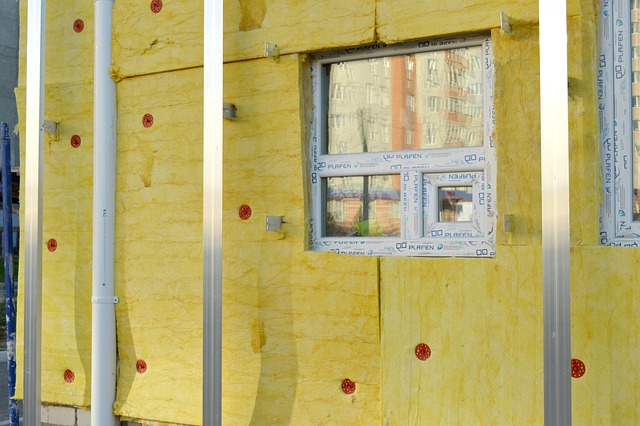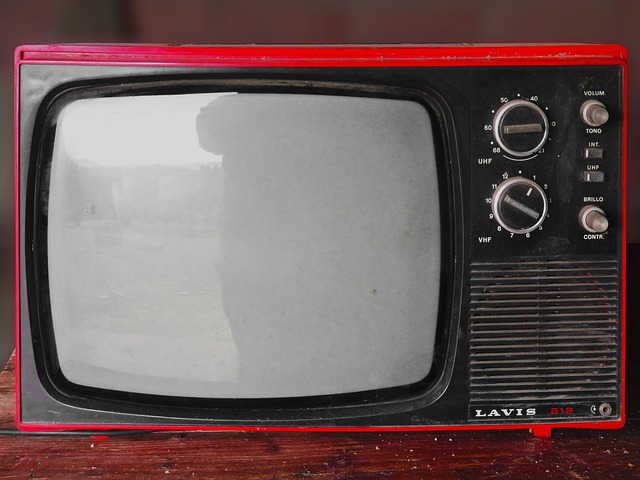The advent of audio technology has revolutionized the way we engage with multimedia. As we immerse ourselves in the vibrant ecosystems of sound and vision, understanding the underlying factors, such as interference, becomes essential. To appreciate the full spectrum of our favorite TV shows or movies, we must first grasp how interference affects both display technology and audio playback.
Interference refers to the disruption of signals, which can occur in various forms—radiation, electrical noise, and even physical obstructions. When we sit down to enjoy a film, we expect a seamless blend of visuals and sound, each enhancing the other. However, the quality of the experience can be significantly hindered by interference issues. For instance, visual artifacts can emerge when electrical signals cross paths, causing blurred images or flickering screens on our modern monitors.
Display technology has come a long way, with advancements in LED and OLED screens that promise to deliver vivid colors and sharper images. Yet, as these displays become more sophisticated, they also become more susceptible to various forms of interference. It’s not just a matter of having a high-resolution monitor; the integrity of the signal being transmitted is equally crucial. Poor connections or faulty cables between devices can lead to signal degradation, impacting your entire viewing experience.
In the context of audio technology, the implications of interference are equally significant. Imagine a perfectly curated soundtrack that suddenly distorts due to electromagnetic interference! The emotional beats we rely on for storytelling become muddied, and what should have been an exhilarating experience turns frustrating. High-end audio setups must take into account the risk of interference when positioning speakers or subwoofers in the room. Inadequate spacing, or failure to employ quality audio cables, can disrupt the harmonious interaction between sound and image.
For avid tech enthusiasts, awareness of these factors is crucial when designing a home theater setup. The intricacies involved in creating an ideal viewing and listening environment require careful consideration of both display technology and audio systems. Utilizing tools like signal boosters or noise filters can greatly minimize interference, thus enhancing the overall quality of sound and visuals. Additionally, incorporating smart technology that learns and adapts to interference can lead to an optimally tailored experience.
Ultimately, the intersection of audio technology and display technology beckons us to take a step back and observe the intricate dance between sights and sounds. By acknowledging the potential impact of interference, we empower ourselves to create immersive environments where storytelling flourishes. Whether it’s a cinematic masterpiece or your favorite gaming experience, a clear understanding of these elements can elevate our interactions with technology, ensuring we savor every moment without disruption.



